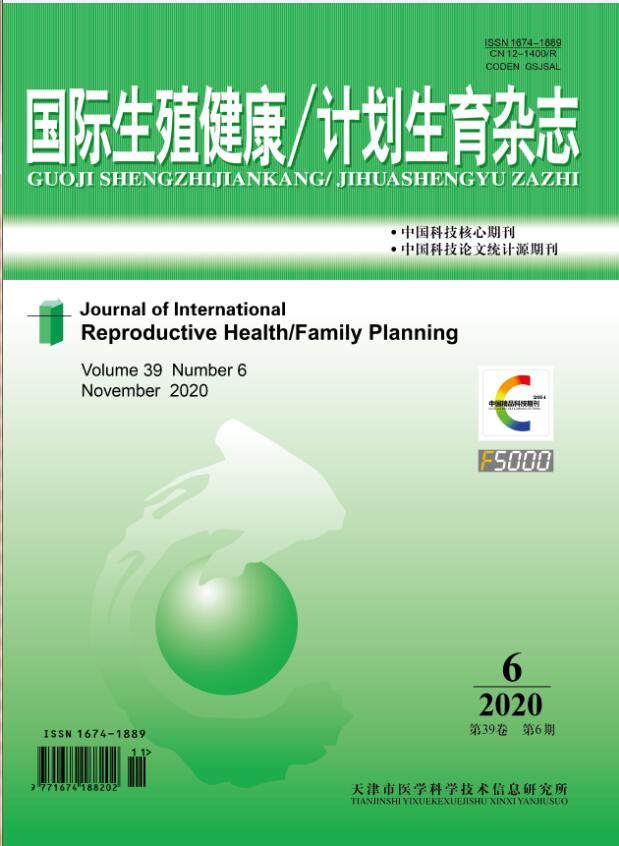|
|
Animal Model of PCOS with Type 2 Diabetes Induced by Sodium Prasterone Sulfate and Streptozotocin
LI Wei;LI Sai-jiao;YIN Tai-lang;YANG Jing
2011, 30 (5):
365-367.
Objective: To develop a rat model of polycystic ovarian syndrome(PCOS) with type 2 diabetes(2-DM) induced by sodium prasterone sulfate and streptozotocin(STZ). Methods: Female rats aged 23-day were injected daily S. C. with sodium prasterone sulfate 90 μg/(g·d) for 20 days, then intraperitoneally injected streptozotocin once in a dose of 45 mg/kg. All rats were feed with high fat and sugar feed. The ovarian weight and pathological morphology was observed. The sera levels of testosterone(T),estradiol(E2), luteinizing hormone(LH), follicle-stimulating hormone(FSH), blood glucose(BG) and insulin(INS) were measured. Results: The ovaries of both PCOS group and the PCOS with 2-DM group showed multiple follicular cysts. Ovarian weight, sera T, E2 and INS of two groups were significantly higher than those of control group(P<0.01). BG concentration of the PCOS with 2-DM group was significantly higher than those of PCOS group and control group(P<0.01), while HOMA index of the PCOS with 2-DM group was higher that that of control group(P<0.05). Conclusions: The rat model of PCOS with 2-DM showed the morphologic and hormonal changes which were similar to patients with PCOS with 2-DM. This animal model induced by the sodium prasterone sulfate and streptozotocin is a good model of PCOS with 2-DM for studying the long?鄄term complications of PCOS.
Related Articles |
Metrics
|

